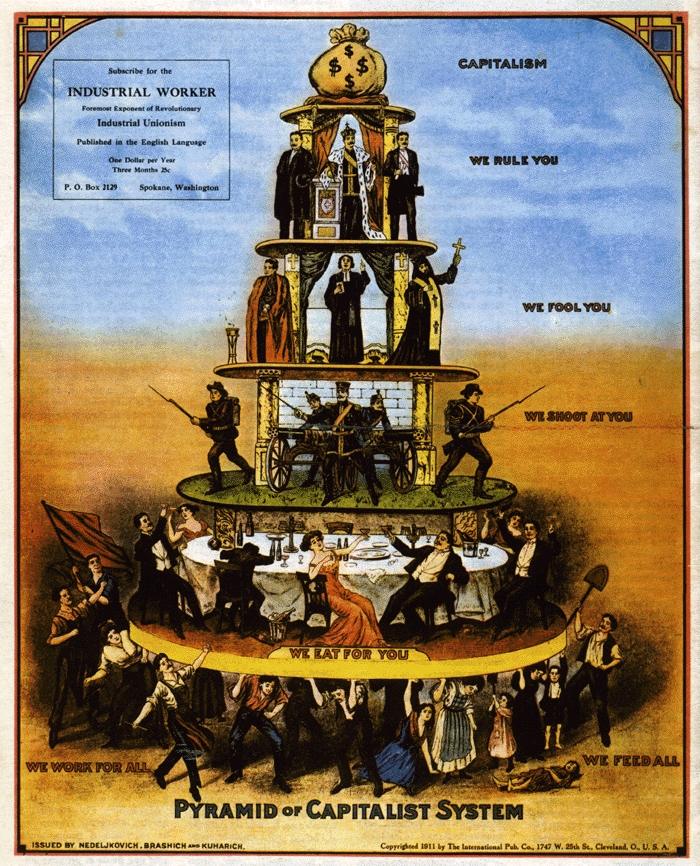
I have been a great fan of C. K Prahalad and his idea of markets at BOP. I was intrdouced to this idea some 10 years ago in a college library. With the book came a CD with videos from the case study. I was overwhelmed, moved to tears seeing some of the case studies.
But with spending a lot more time in rural communities, and reading about the financial sector it feels that the idea of BOP is NOT so much about providing access to things ( health & hygiene products, banks) that most people at BOP did not have access to due to their limited cash situations and lack of legitimate identity. At the risk of sounding radical I would like to call it something else. It is a way to drain the little resources they have to benefit the large corporations.
I never thought about it like this before, I rather was very happy about it. I was happy that, we have found a way to raise people from their poverties in a dignified manner. But except for few so called BOP initiatives, most of them are a lot to “harness” that market only. The case study of Aravind eye hospital in Prahalad’s book is one case where the activity is for the betterment of the poor. But if you look at it closely, Aravind Eye hospital is not considering the poor as its “market”. The model it has adapted is that of a cross-subsidy. 30% of the rich will pay for the 70% of the poor. And if the poor wish to contribute he may, it is not at all mandatory. Here the access to a valuable service of eye checkup and cataract removal is made available for free to them.
But can this be compared to the HUL’s idea of making Rs 1 sachet’s of its shampoo and smaller toothpaste tubes and make them available to the poor. Or can micro-finance with such exorbitant rates of interest be touted as a solution? Although some of them are fulfilling a need that always existed, I wonder if the needs was manufactured by these large firms producing those products.
The idea of manufactured need and making things aspirational have a spiralling effect on other elements of people’s life. About that another day.
